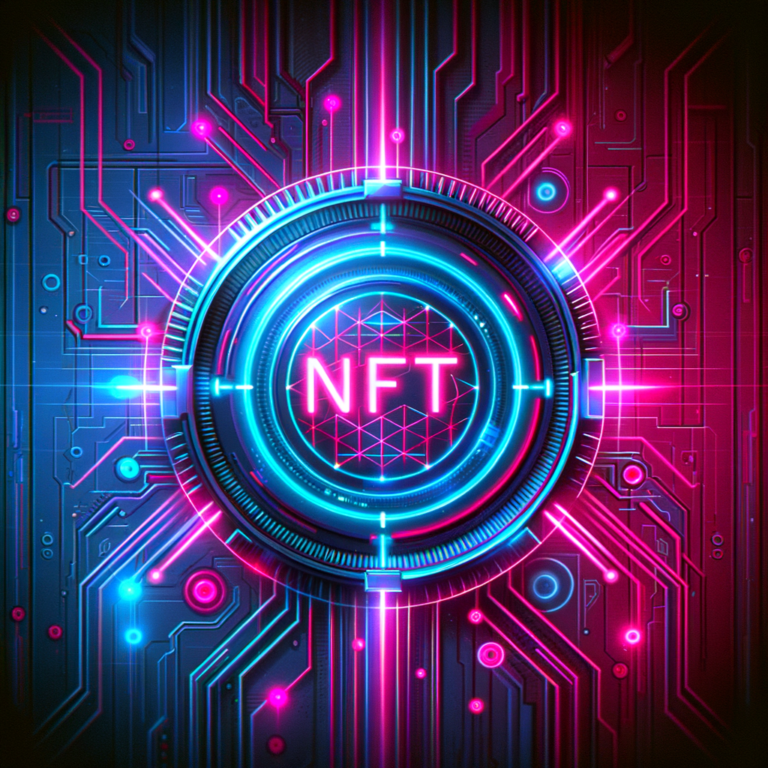Ultimate Guide: Safeguard NFT Authenticity Certificates
Navigating the complexities of securing and storing Certificates of Authenticity for NFTs can be daunting. This detailed insight delves into an array of safekeeping methods, from utilizing robust decentralized storage systems like IPFS to ensuring physical security through cold wallets. With NFTs consistently on the rise, understanding these security measures deeply enhances protection against the vulnerability of your digital assets.
Understanding Decentralized Storage Systems for NFTs
Decentralized storage systems such as the InterPlanetary File System (IPFS) play a crucial role in safeguarding NFT Certificates of Authenticity. By fragmenting stored information and distributing it across numerous nodes globally, IPFS ensures redundancy and a high degree of availability. This method significantly lowers the risk of data loss, corruption, or interference by bad actors. For optimal security, relying on IPFS-based services like Pinata, Filebase, and Infura is advisable, as these offer enhanced stability and user-friendly access to decentralized file storage.
Benefits of Cold Wallets for NFT Security
Cold wallets provide an elevated level of security by maintaining private keys in a physical form, disconnected from the internet. Devices such as Ledger and Trezor are prominent examples, highly valued for protecting NFT assets, especially for long-term storage. These hardware wallets safeguard against online threats like hacking, phishing, and other malicious cyber-attacks, ensuring that Certificates of Authenticity remain uncompromised.
On-Chain Storage Solutions
On-chain storage of NFT metadata directly on the blockchain presents a definitive solution for authenticity concerns. This approach not only offers transparency but also toughens security by making any attempts at tampering evident. Supported by Ethereum’s ERC-721 and ERC-1155 standards, this on-chain mechanism is pivotal for creators who intend to ensure the immutability of their NFTs’ metadata. Consequently, storing data on-chain helps in maintaining undisputed proof of ownership and provenance.
Identifying and Mitigating Vulnerabilities
Despite robust security strategies, vulnerabilities remain an inevitable challenge. The risks range from centralized storage susceptibilities, where a single point of attack could lead to substantial data loss, to smart contract bugs which malicious entities might exploit. Moreover, as phishing remains a prevalent risk, educating NFT holders about these deceptive tactics is crucial. Particularly wary should be those who store their Nots and trade through centralized marketplaces, which can be susceptible to security breaches.
Best Practices for Securing NFTs and Their Certificates of Authenticity
To combat these vulnerabilities, a series of best practices should be implemented:
– Regular updates to software and security measures are essential to keep ahead of potential threats.
– The use of strong, unique passwords combined with multi-factor authentication significantly reduces the risk of unauthorized access.
– Regular audits, particularly of smart contracts and NFT metadata, are crucial in identifying and mitigating potential security flaws.
– Combining storage options — decentralized systems, cold wallets, and on-chain solutions — can fortify security while maintaining ready accessibility when necessary.
Additionally, keeping abreawith the latesrf developments in NFT security is beneficial. This involves participating in community discussions, reading recent publications on NFT security, and possibly engaging services from companies specializing in digital asset security.
Embracing Emerging Security Solutions
The NFT landscape continues to evolve, opening up new avenues for securing digital assets. Cross-chain compatibility enhances the flexibility of NFT transactions, enabling a broader market and improved storage solutions. Similarly, the rise of decentralized identity solutions, such as Self-Sovereign Identity (SSI), provides users with improved tools for managing digital footprints and securely associating their identities with their NFT holdings. Public on-chain registries offer another layer of security, making the modification of NFT data notably difficult.
By adhering to these comprehensive strategies, you can ensure sustained protection of your NFTs and their accompanying Certificates of Authenticity. While the digital nature of these assets poses inherent risks, the continual advancement in decentralized technologies and storage methods opens new doors to effective security solutions. In stabilizing your digital asset security posture, you safeguard not just your NFTs but also the creative expression and value they embody.

